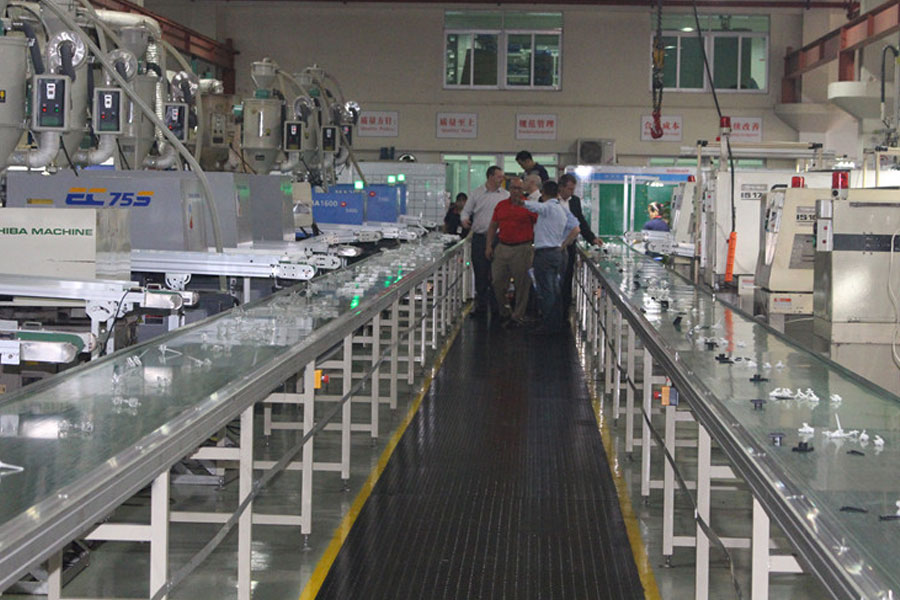CNC machining process design principles
1 Concentrated machining procedures, precise reference positioning
Fine and accurate positioning can accurately position the surface of the workpiece to be machined. In order to reduce positioning errors, the machining procedures of the CNC machine tools must be concentrated and positioned with a unified reference. Based on this, the CNC machining process designer should arrange the surface as the precision benchmark at the beginning and the end of the CNC machining process, so as to lay the foundation for the precision benchmark for the subsequent machining process and speed up the machining speed. CNC machining process designers should also set auxiliary benchmarks to unify design, programming and calculation benchmarks.
2First rough machining, second half finishing, then finishing
In order to speed up CNC machining, make full use of the uniformity of finishing allowance. In the cutting process, rough machining must be performed first, and the depth of the large cutting is used to reduce the number of cuttings and save a large amount of machining allowance; then after the rough machining is completed, the semi-finishing machining is arranged, because the rough machining is completed The remaining uniformity of the remaining margin cannot be fully utilized in the finishing process. Therefore, the use of semi-finish machining for further machining can make full use of the rough machining allowance, thereby improving the machining quality of the workpiece surface. The final shape of the workpiece is actually formed by the last cut without interruption. Therefore, the CNC machining process designer should consider the position of the machining tool in and out of the tool. It is best to pay attention to the replacement of the tool when the workpiece does not form a continuous contour to avoid changes in cutting force. Scratches on the surface of the workpiece appear. Generally speaking, no matter which side of the workpiece is processed, the order of roughing first, then semi-finishing, and then finishing should be followed in order to produce products with better finish and higher fineness.
3 principle of proximity, principle of inwardness
In the process of CNC machining process design, it is very important to master the distance between the machining position and the tool point position. The CNC machining process designer should follow the principle of proximity, first process the part that is closest to the tool point, and then process the part that is farther away from the tool point, so as to minimize the moving distance of the tool. For example: For workpieces that need to be processed on both the inner and outer surfaces, if the rigidity of the tool is not good, the cutting heat will affect the cutting edge, causing the shape and size of the inner surface of the workpiece to be out of control, but the cutting process is performed in the CNC lathe When using the principle of proximity, the semi-finished product can maintain relative rigidity [2]. Therefore, the design plan of the CNC machining process should follow the principle of proximity, first process the part away from the tool point, and then process the part far away from the tool point; the principle of machining the inner surface of the workpiece first, and then the outer surface of the workpiece, in order to improve the work of CNC machining effectiveness.
4Choose the shortest path of the tool to reduce the number of program segments
The path of the tool refers to the path of the tool point movement from the beginning of the operation to the completion of the machining, plus all the distances passed by the tool point back to the tool point, which also includes the distance passed by the cutting process. In the cutting process, the path of finishing machining is generally carried out according to the contour of the workpiece, and the confirmation of the path determines the path of rough machining. Therefore, under the condition of stable part quality, choosing the most suitable tool path can save several machining time, reduce tool consumption, and reduce mechanical wear. In addition, for the preparation of machining programs, the designers of CNC machining technology should also pay attention to making the program easy to use, reducing the number of sections of the program, thereby reducing the computer memory occupation and the number of errors, and improving the quality of CNC machining.
